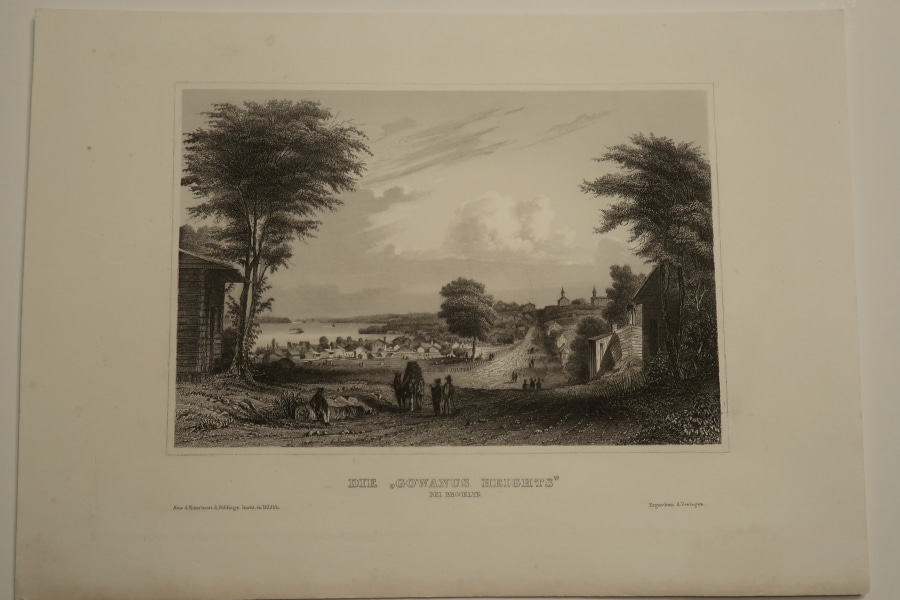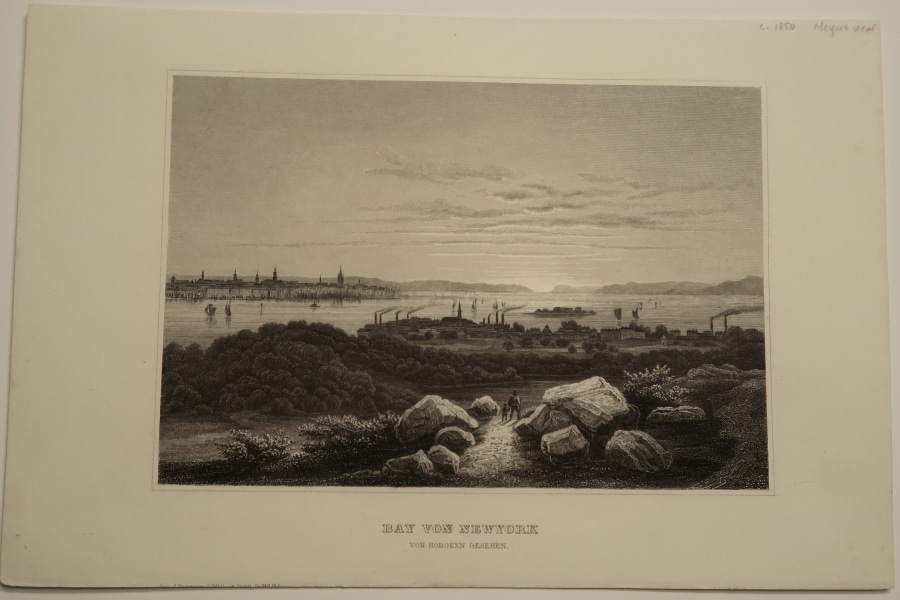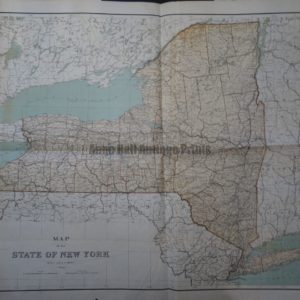Description
This is antique engraving Brooklyn NYC, about 170 yeas old. The Bay of New-York from Hoboken. A c.1850 engraving in excellent condition. View of Manhattan in the distance. In this intaglio printing process, the lines to be printed were cut into a sheet of steel, a metal plate. The cutting tool is called a burin. Once engraved, the plate was inked up and struck by the printing press. Utilized in this antique printing method, or publishing process, known as engraving.
Antique Prints, American Geography, and this Antique Engraving Brooklyn NYC
The subject of antique prints, printing, and so on, basically revolved around, how fast information could be published for, (mostly subscribed) readership demand, on a certain subject. Learning about places around the world was of great interests. And the engravings provided great “snapshots” of different places, and life, during the 1800’s. Geography was of interest to many. American cities attracted great artists, as well as European ones. Readership revolved around new information, for education, to record places and events, which were all of interest to many people. Expensive books captivated readership, wanting to learn about new places. The engravings are highly detailed and lifelike. A snapshot into the hustle & bustle of 19th century America.
As for history, geographic places, world and American cities, far and beyond, boosted the desire for information. This all had a trickle down effect. It meant sales of publications, which equivocated to employment & hopefully profits. This idea had the same impact when it came to geography, in the world and America.
Soon, the publications became subscriptions, everyone wanted them. Like today, everyone wants the latest information. Initially periodical subscriptions were made to those who could afford it: royalty, clergy, noblemen, etc. Soon educated people wanted them including: physicians, academics, lawyers and businessmen. It was a technology revolution: printing books. Everyone wanted books, so it evolved. Moreover, private and public libraries and universities, were tops on the lists of book subscriptions during the 19th century.
17th-19th century publishing was basic economics: supply & demand for education.
Historically, demand for information lead to greater supply of printed material, so that people could learn more. First up, to publish religious material, in the 15th- 16th & 17th centuries. Only the high priests could convey the printed messages in Latin. This lasted for a long time. Around 1800 or so, with so many more people reading, it became fashionable, to be educated. Which was done by reading books. Many of which were illustrated. With wonderful plates like this one. Even today, everyone can understand a beautiful picture.
As history has it, craftsmen and tradesmen, living in the 17th 18th & 19th centuries, served lifelong careers.
Printers & engravers, even lithographers, in the old days, before 1900, had life long careers, with years of apprenticeships. This was true throughout history of working trades, until the turn of the 20th Century. Journeymen and Apprentices severed their “employers” for several years, up to 7 and 10 years, for a pittance of room and board at best. To become a tradesman, apprenticeships were required by law. This was the only way that could go on to open your own shop or to work as a professional engraver, colorist or printer, themselves. Debtor’s prison was an unfortunate place to end up for those individuals that tried to fast track the system.
See more New York City material, which is not on buy it now, but available. Questions? Call Anne at 413-245-4197 or email anne@annehallantiqueprints.com




